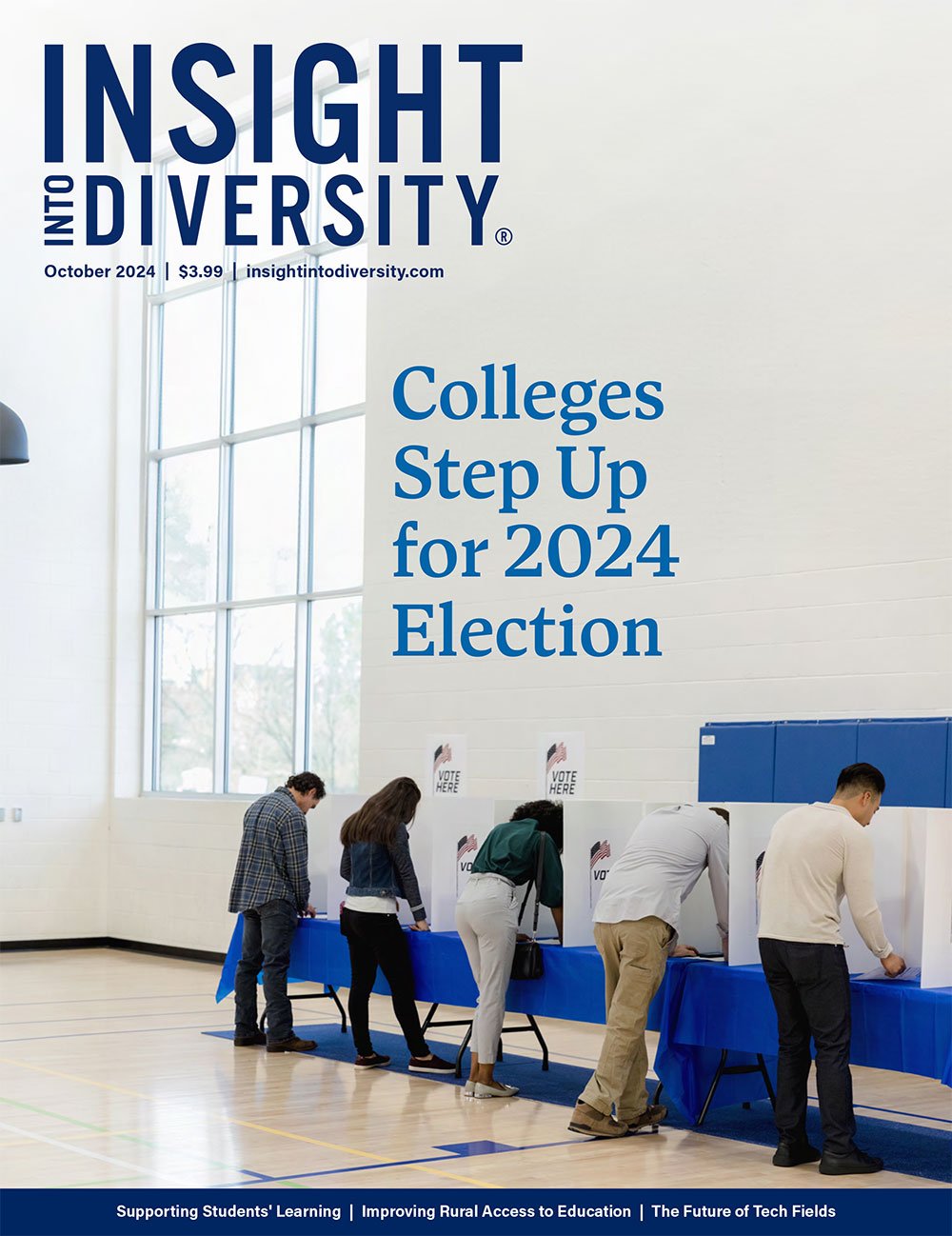Proposals from the Trump administration and conservative lawmakers to cut billions from the National Institutes of Health (NIH), Medicare, and Medicaid has sparked widespread concern among academic researchers, educators, and public health advocates, among others. If implemented, experts argue the reductions could be detrimental to the operation of medical schools and severely impact the United States’ position as a global leader in scientific and medical innovation.
The Association of American Medical Colleges (AAMC), for example, has strongly opposed proposed budget reconciliation measures that call for $880 billion in savings—warning that cuts to Medicaid, medical education funding, and research grants could have devastating effects on health care accessibility and development.
Impact on Medical Research
One of the primary concerns is the proposed reduction in funding for the NIH, which supports a significant portion of biomedical research in the U.S. If enacted, this could lead to an estimated $16 billion loss in economic activity and the elimination of 68,000 jobs nationwide, according to researchers at the University of Maryland and the University of Pennsylvania (UPenn).
Slashing NIH funding could slow progress in critical areas, according to Alyssa Sinclair, PhD, Joan Bossert Postdoctoral Fellow at UPenn’s Annenberg Public Policy Center and researcher for the Science & Community Impacts Mapping Project (SCIMaP)—a digital map that calculates how federal health research cuts will impact communities throughout the U.S.
“The NIH funds crucial research to address leading health problems like cancer, diabetes, dementia, heart disease, infectious diseases, mental illness, and more,” Sinclair said in a report detailing SCIMaP. “Research innovations directly improve our daily lives by curing and preventing diseases, unlocking new technologies, and improving the safety of our food, water, and environments.”
Additionally, universities and medical schools that rely on these grants to support faculty and student research may face financial strain, potentially affecting the next generation of scientists and health care professionals
“They are undercutting an amazing American tradition of scholarship, of research, of scientific progress that benefits all of us,” Fred Kowal, president of the United University Professions, the union of faculty and professional staff in the State University of New York (SUNY) system, told the National Education Association. “What is being done is direct harm to research that is already extending and saving lives. It’s research on everything from Alzheimer’s to cancer to diabetes, and it’s going away. People will die.”
Science & Community Impacts Mapping Project
The Science & Community Impacts Mapping Project is an initiative led by researchers at University of Maryland, University of Pennsylvania, University of Utah, Georgia Institute of Technology and University of Oregon aimed at illustrating the real-world consequences of federal funding decisions on scientific research and healthcare. By collecting data from universities, medical institutions, and public health organizations, the project seeks to visualize how proposed budget cuts could affect medical advancements, job creation, and patient care.
Through interactive maps and case studies, the project highlights specific research initiatives that rely on NIH funding and demonstrates how reductions in Medicare and Medicaid support could impact communities nationwide.
Advocates hope that by making these effects tangible, policymakers and the public will better understand the importance of sustained investment in science and healthcare. The initiative also serves as a resource for lawmakers evaluating the broader implications of budgetary changes, reinforcing the argument that federal funding plays a crucial role in public health and innovation.
Visit https://scienceimpacts.org/ to learn more.
Challenges for Medical Education
The proposed budget cuts would also significantly impact medical school enrollment by limiting access to financial aid. Federal loan programs, which many medical students rely on, may face reductions—making it more difficult for students from lower-income backgrounds to afford medical education.
“We urge lawmakers to protect access to care for millions of hard-working Americans by rejecting policies that could lead to significant cuts to the Medicaid program and limit access to student financial aid for aspiring physicians,” AAMC President and CEO David J. Skorton, MD, and Chief Public Policy Officer Danielle Turnipseed, JD, MHSA, MPP, wrote in a February statement decrying the potential budget cuts. “Cuts of this magnitude would jeopardize both access to care for millions of Medicaid enrollees and the financial stability of providers who care for them,” Skorton and Turnipseed warned. “Ensuring access to health care is a responsibility we all share.”
With fewer students able to afford medical school, the nation could face an even greater physician shortage in the coming years—an estimated gap of 86,000 by 2036 according to the AAMC—particularly in rural and underserved areas where health care access is already limited.
Effects on Public Health and Underserved Communities
Perhaps the most immediate consequence of the proposed budget cuts would be felt by vulnerable populations. Medicaid, which provides health care coverage for over 80 million low-income Americans, could see significant funding reductions. This would force hospitals and clinics serving low-income patients to scale back services, reduce staffing, or shut down entirely.
The potential funding reductions would particularly impact rural hospitals and safety-net providers, further widening health disparities across racial, geographic, and socioeconomic lines. Research institutions have emphasized that without sustained federal investment, efforts to combat public health crises, including infectious disease outbreaks and chronic illness management, could be severely hindered.
Advocacy groups and lawmakers from both parties have voiced opposition to the cuts, emphasizing the long-term economic and societal benefits of sustained investment in biomedical research and public health programs. While the proposal is still subject to congressional negotiations, its potential ramifications are already prompting calls for continued federal support to maintain the U.S.’s global leadership in medical innovation and ensure access to essential health care services.
As discussions continue in Washington, the fate of NIH and health care funding remains uncertain, with many stakeholders closely monitoring developments that could reshape the landscape of American medical research and public health for years to come.



















